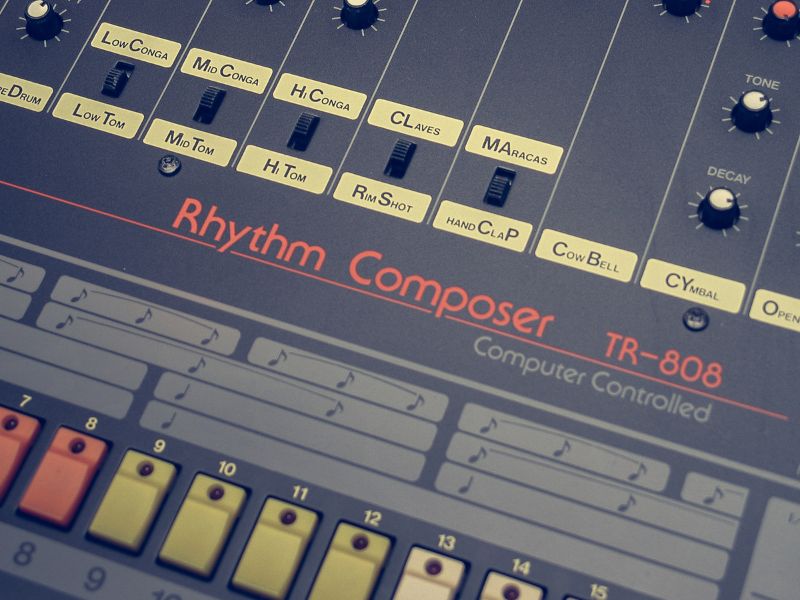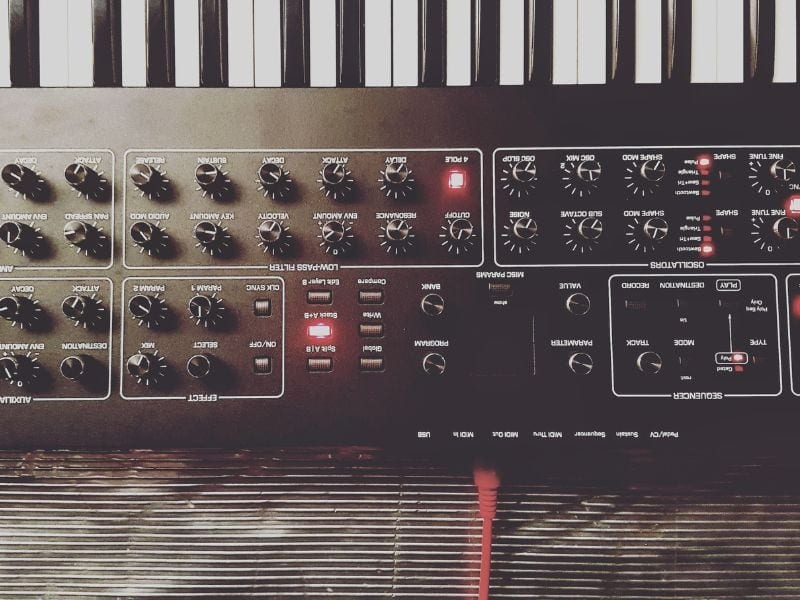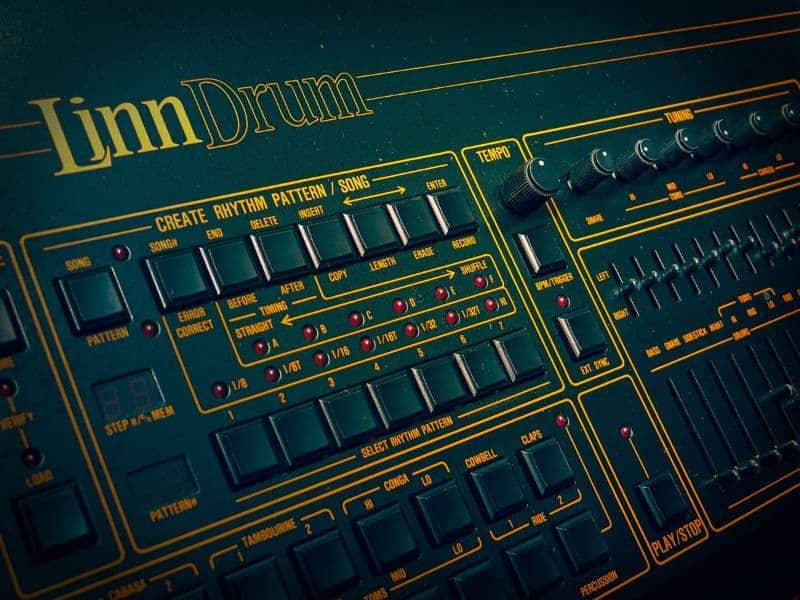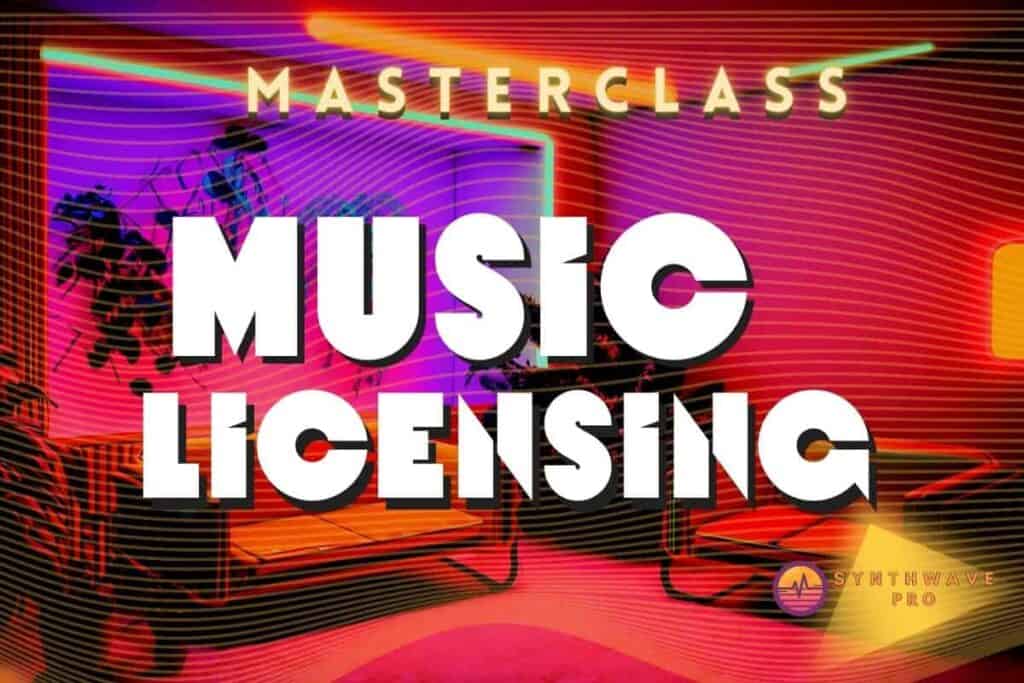Synthwave, a genre that pays homage to the nostalgic sounds of the ’80s, is characterized by its iconic combination of retro synths, dreamy atmospheres, and, of course, mesmerizing drum patterns. As you journey into the neon-lit landscapes of synthwave, the rhythmic backbone becomes a crucial element in capturing the era’s essence. In this blog post, we’ll delve into the world of typical synthwave drum patterns, unveiling the rhythms that transport listeners to a bygone era of neon lights and digital dreams.
1. The Four-on-the-Floor Kick
At the heart of many synthwave drum patterns lies the classic four-on-the-floor kick pattern. This consistent and driving rhythm features a kick drum hit on every quarter note, creating a steady and danceable foundation for the track. The four-on-the-floor kick pattern channels the pulsating energy of disco and dance music, propelling the listener into a groove that’s impossible to resist. If you’re new to synthwave music production, then this article on synthwave for beginners will get you pointed in the right direction.
2. Snare on the Second and Fourth
To complement the four-on-the-floor kick, synthwave often employs the snare drum on the second and fourth beats of each bar. This pattern, widely recognized in pop and dance music, adds an extra layer of rhythmic interest and reinforces the groove. The snare’s placement contributes to the genre’s infectious and danceable vibe.
3. Hi-Hat Magic: Closed and Open
Hi-hats play a vital role in shaping the dynamics and groove of synthwave drum patterns. A typical approach involves using closed hi-hats on eighth-note intervals, creating a consistent and driving rhythm that propels the track forward. Transitioning to open hi-hats for occasional accents or breaks introduces variety and keeps the rhythm engaging.
4. Toms and Percussion Flourishes

Synthwave drum patterns often incorporate toms and other percussive elements to add texture and movement. Toms can be used to create fills, rolls, and transitions between sections, infusing the rhythm with a sense of anticipation and excitement. Experiment with various percussive sounds to enhance the overall sonic landscape.
5. Syncopation and Variations
While the foundational elements mentioned above provide the core of a typical synthwave drum pattern, it’s essential to introduce syncopation and variations to keep the rhythm dynamic and evolving. Offset the snare hits or hi-hats slightly to create syncopated rhythms that add a touch of complexity and intrigue. Introduce occasional drum fills or breaks to provide breathing room and build tension before returning to the driving groove.
6. Exploring Drum Sounds

Beyond the patterns themselves, the choice of drum sounds is pivotal in defining the synthwave aesthetic. Opt for drum samples with a retro flair, such as those from classic drum machines like the Roland TR-808, TR-909 and Linn Drum. These samples bring a nostalgic warmth and character that perfectly complement the genre’s atmosphere.
Conclusion
Synthwave drum patterns serve as the rhythmic time machine that transports listeners to an era of neon-lit nights, analog synths, and digital dreams. By incorporating the four-on-the-floor kick, snare on the second and fourth, hi-hat dynamics, toms, and percussive flourishes, producers can craft drum patterns that capture the genre’s signature groove. Whether you’re creating a dreamy synthwave ballad or an uptempo dancefloor anthem, the rhythmic tapestry of synthwave drums is a canvas for expression, nostalgia, and endless creative possibilities. So, as you embark on your synthwave journey, let the rhythms of the past guide you into a future illuminated by retrofuturistic soundscapes.
Recent Posts
Finding time to produce music while managing a job can be challenging, but several strategies can help you balance both effectively. Prioritize Music Production Make music a priority in your...
We often imagine making music as an effortless flow of creativity—strumming guitars in sunlit rooms or producing beats late into the night with pure passion. But for many musicians, there’s a...


